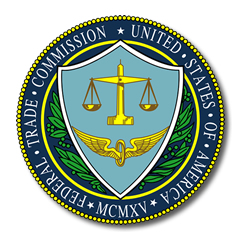 June 27, 2013: This past week, the Federal Trade Commission put the search engines on notice that they needed to do more to clearly differentiate paid and unpaid listings. The FTC evidently feels that search engines — which had complied with an earlier 2002 letter specifying that such listings be differentiated — were no longer doing so, and that action was needed to avoid confusion in the mind of the searcher.
June 27, 2013: This past week, the Federal Trade Commission put the search engines on notice that they needed to do more to clearly differentiate paid and unpaid listings. The FTC evidently feels that search engines — which had complied with an earlier 2002 letter specifying that such listings be differentiated — were no longer doing so, and that action was needed to avoid confusion in the mind of the searcher.
Interestingly, the FTC’s letter cited a 2012 study carried out by SEOBook.com which established that 62 percent of searchers “were not even aware of the distinction between paid and non-paid results, with only 18% saying they could always differentiate paid from non-paid results.”
While it’s too soon to see any UI changes from the search engines, it is to be expected that paid listings on search ads will soon become more obvious, although how exactly this is to be accomplished isn’t known. Nor is the precise effect on search campaigns knowable at this time. One can expect that there will be material changes in CTR and possibly campaign profitability for some, but how will this manifest itself (e.g. right rail vs. top-of-page performance)?
Does the FTC’s enjoinder extend beyond the SERP to syndicated search and to the content network? Will all search engines take similar steps to increase paid/unpaid listings differentiation or will there be marked departures? These are all issues that search marketers will be watching very closely in the days ahead.
- 10 Mistakes to Avoid When Using QR Codes for Marketing - September 20, 2023
- Kevin Lee on How AI Changes the SEO Landscape - August 31, 2023
- The Power of Compound Marketing: Kevin Lee Presents @ 1MediaWorld 2023 Global Conference - March 7, 2023
